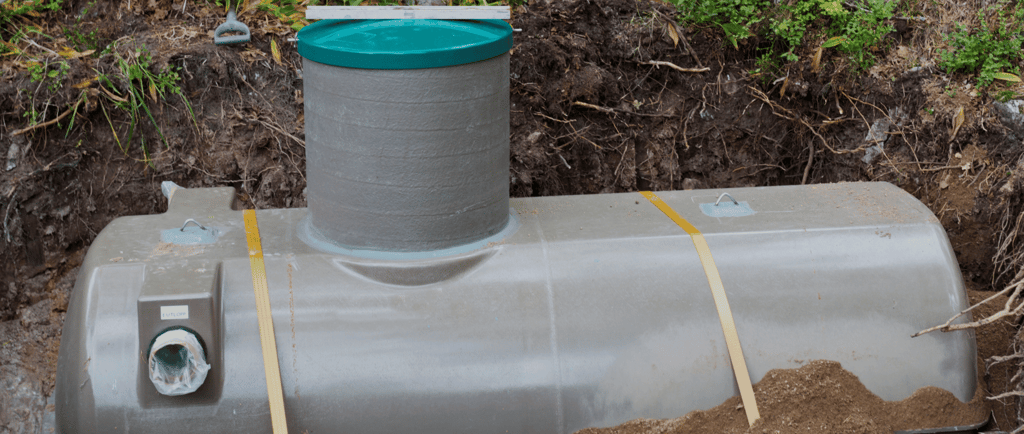What the Heck is a Split System? Understanding Your Septic Setup
If you’ve never heard of a split septic system, you’re not alone! These setups are common in certain areas, but many homeowners don’t realize they exist until they move into a home with one. Unlike a traditional septic system that handles all wastewater on-site, a split system divides the job between your property and the municipal system. Let’s break it down.


If you’ve never heard of a split septic system, you’re not alone! These setups are common in certain areas, but many homeowners don’t realize they exist until they move into a home with one. Unlike a traditional septic system that handles all wastewater on-site, a split system divides the job between your property and the municipal system. Let’s break it down.
How Does a Split Septic System Work?
A split septic system separates grey water (liquids) and black water (solids & grime). The solids and grime float to the top while the liquids flow into a second tank to be dealt with separately.
This system reduces the strain on your septic system and minimizes the volume of waste you need to pump out. However, it still requires regular maintenance to prevent costly issues.
Types of Split Systems
🔹 Grey Water Goes to the Town, Black Water Gets Pumped Out
Your grey water drains into municipal pipes, just like a home connected to city services.
Black water from toilets flows into a septic tank on your property.
Since black water doesn’t break down like in a traditional septic system, you must schedule regular pump-outs to avoid overflow.
🔹 Grinder Pump System (Everything Gets Pumped Out)
All wastewater—grey and black—flows into a grinder pump system on your property.
The grinder breaks down solids before pumping everything out through a pressurized sewer line.
This system is often used in areas with low-flow municipal sewer connections or properties with elevation challenges.
Pros & Cons of a Split Septic System
✅ Benefits:
✔️ Reduces the workload on your septic system.
✔️ Less grey water buildup means fewer drain field issues.
✔️ In most cases, fewer environmental concerns than traditional septic systems.
⚠️ Challenges:
❌ Pump-outs are required – Holding tanks must be pumped regularly to prevent backups.
❌ Limited storage capacity – Unlike a full septic system with a leach field, black water sits in a tank.
❌ Potential mechanical failures – Grinder pumps and holding tanks require maintenance to keep them working properly.
How to Maintain a Split Septic System
✔ Monitor your water usage. The more you flush, the sooner you’ll need a pump-out.
✔ Schedule regular black water pump-outs before your tank reaches capacity.
✔ Keep an eye on your grinder pump (if you have one). If it fails, waste won’t go anywhere!
✔ Be mindful of what you flush. Only human waste and toilet paper should go into your system.
Do You Have a Split System?
If you’re unsure about your septic setup, a septic inspection can help determine what type of system you have and whether it’s working properly. At Just Call Joe Inspections, we specialize in rural property inspections, including septic systems, so you’re never left guessing.
📞 Book your inspection today! 📞